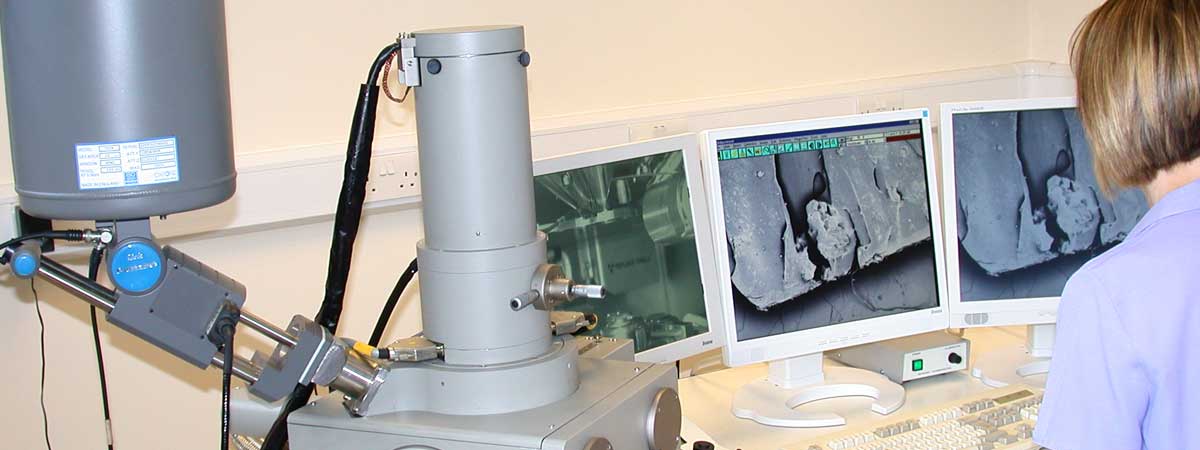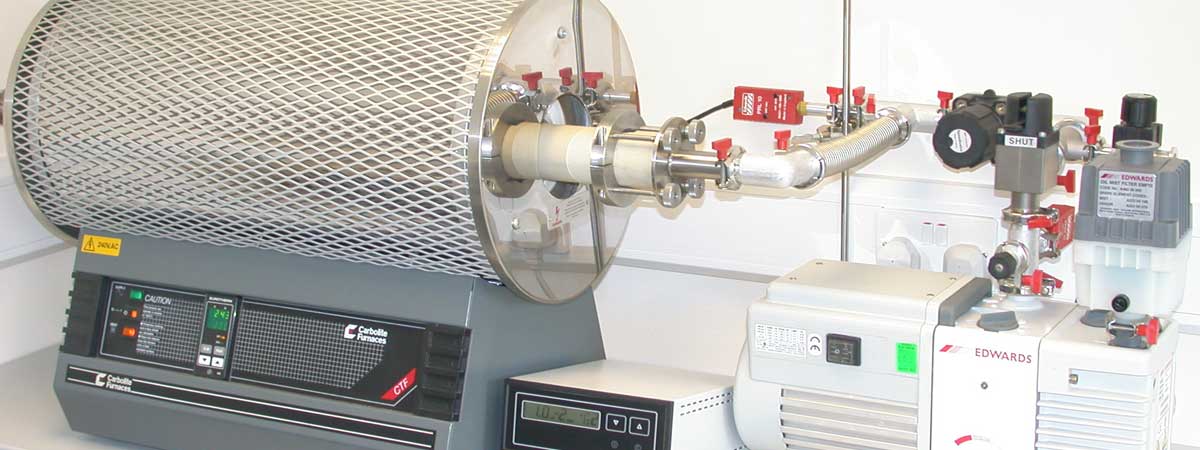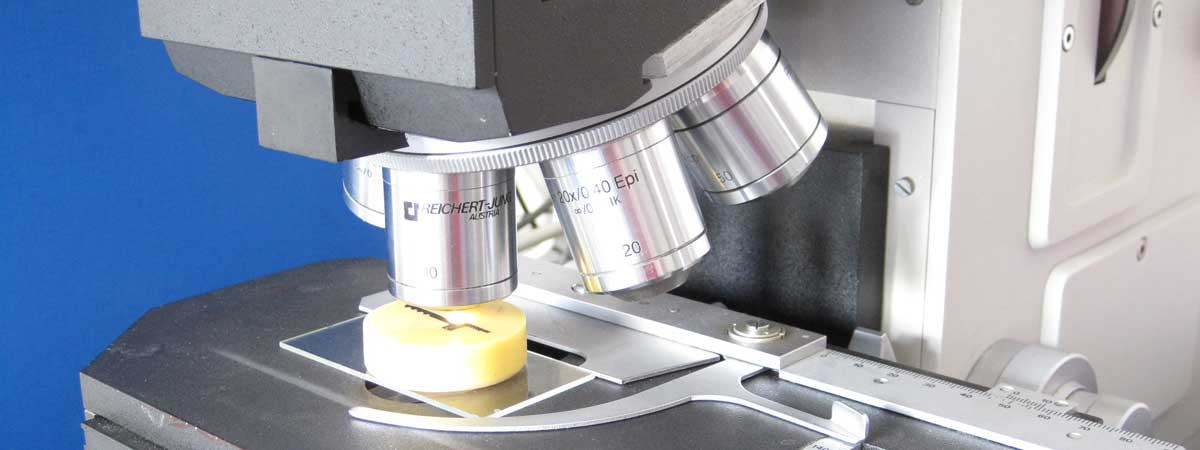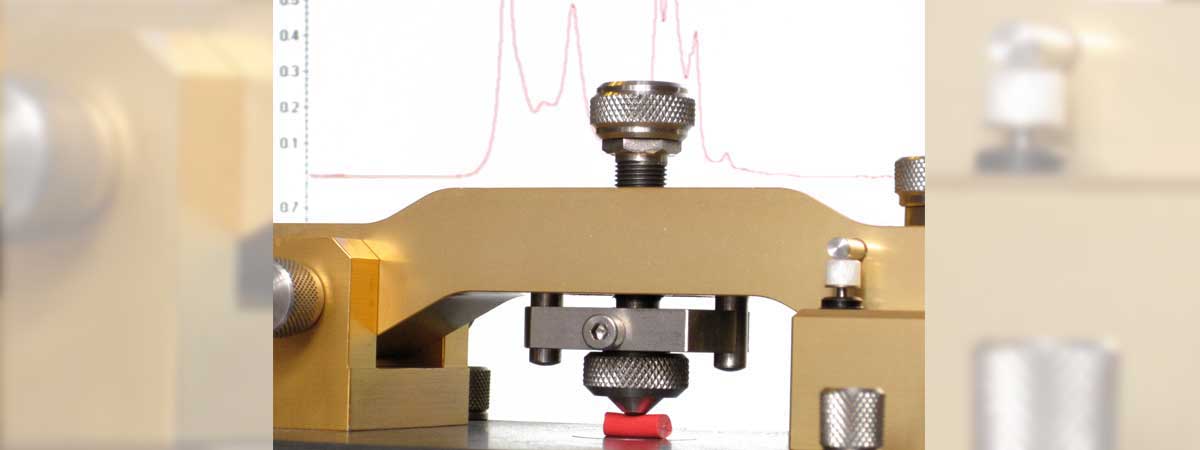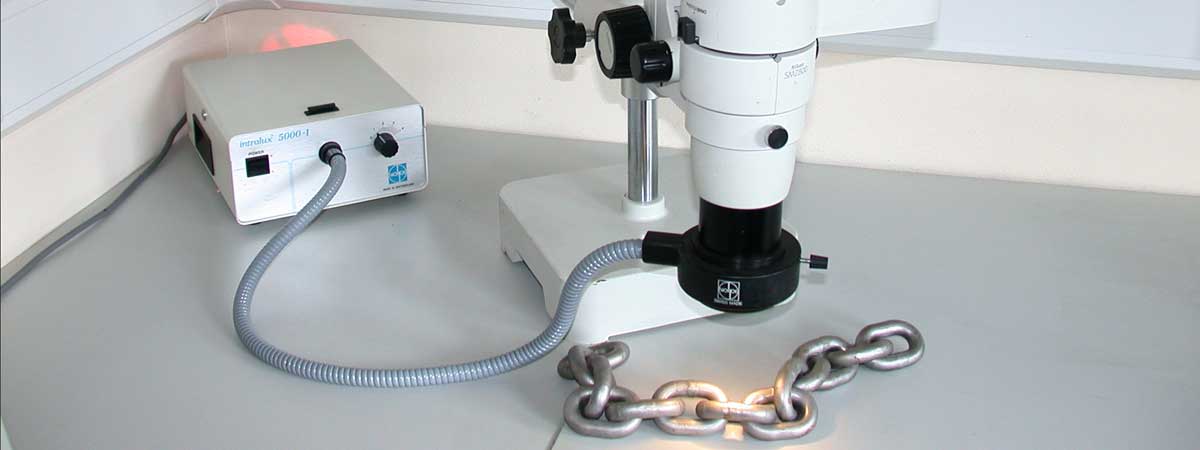MATERIALS.CO.UK
Metals • Plastics • Rubbers • Polymers • Ceramics • Composites
Metals • Plastics • Rubbers • Polymers • Ceramics • Composites
Metals • Plastics • Rubbers • Polymers • Ceramics • Composites • Coatings
DYE PENETRANT
Description
Liquid penetrant testing is a non-destructive method used to detect surface breaking defects in any nonporous material. Liquid penetrant is applied to the surface and is drawn into defects by capillary action. Once a preset dwell time has passed, excess penetrant is removed and developer applied to draw out penetrant from defects. Visual inspection is then performed.
Visible and Fluorescent Liquid Penetrant Examinations are Non-Destructive methods of revealing discontinuities that are open to the surfaces of solid and essentially non-porous materials, ferrous or non-ferrous.
- Strong dye sprayed onto surface drawn into cracks and pores by capillary action
- Surplus is wiped off
- Developer (e.g. chalk powder suspension) sprayed on to reveal defects
- Dye can be UV active so viewing under UV illumination reveals cracks
Applications
- Grinding cracks
- Heat affect zone cracks
- Poor weld penetration
- Heat treatment cracks
- Fatigue cracks
- Hydrogen cracks
- Inclusions
- Laminations
- Micro shrinkage
- Gas porosity
- Hot tears
- Cold shuts
- Stress corrosion cracks
- Intergranular corrosion
Standards
| ASTM E165-02 | Standard Test Method for Liquid Penetrant Examination |
| ASTM E1208-16 | Standard Test Method for Fluorescent Liquid Penetrant Examination Using the Lipophilic Post-Emulsification Process |
| ASTM E1209-18 | Standard Test Method for Fluorescent Liquid Penetrant Examination Using the Water-Washable Process |
| ASTM E1219-16 | Standard Test Method for Fluorescent Liquid Penetrant Examination Using the Solvent-Removable Process |
| ASTM E1316-18a | Standard Terminology for Nondestructive Examinations |
| ASTM E1417-16 | Standard Practice for Liquid Penetrant Examination |
